Substation Synchronizing System – We all are familiar with the term Substation Synchronizing System. Today, I will try to explain it more elaborately. First, let us learn about substation synchronization.
Substation Synchronizing System:
The lexical meaning of synchronization is rhythm or consistency. In other words, synchronization is the process of maintaining consistency between various parameters (frequency, phase shift, power factor, phase angle) in the substation.
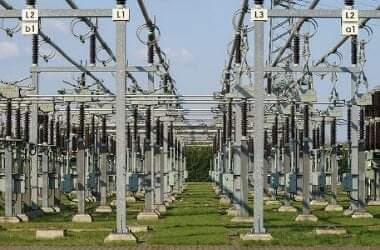
Synchronization and the rhythm of group dance:
We can easily understand synchronization with the help of a beautiful instance. We all have watched group dance in a cultural program. Two or more dancers perform in equal rhythm there. If the rhythm of the dance is not synchronous, then the dance is not visually pleasing. In the same way, we can compare the substations in a power system with the dancers. If the parameters of frequency, phase angle, phase shift are not synchronized between the substations, uninterrupted power transmission is not possible.
Laws of Substation Synchronizing System:
- Some of the conditions for synchronization in a power system are to maintain consistency. Consistency in voltage, frequency, phase sequence, phase angle, and waveform.
- The determination of the waveform and phase sequence takes place before manufacturing the generator. While installing the generator at the substation, it’s wiring should be done very carefully. It is to be consistent with its interconnected grid in case of phase sequences.
- Voltage, frequency, and phase angle must be controlled. In this case, the matter of Load is particularly significant.
- It is quite normal for the generator the speed and frequency changes as the load increases.
And to avoid this problem, the use of an isochronous frequency system is apparent.
Isochronous Frequency System:
The system where frequency remains unchanged despite changing the loads is called an isochronous frequency system.
The Method of Substation Synchronizing System:
With the help of Synchronizing Lamp Method-
In this method, six lamps connect to the generator terminal and the system terminal. System Terminal here means the instrument transformer terminal. In this case, if the speed of the generator changes, the brightness of the lamp will change. The lights light up when there is a difference between generator voltage and system voltage. And when the generator and system voltage are the same, the lights will be off.
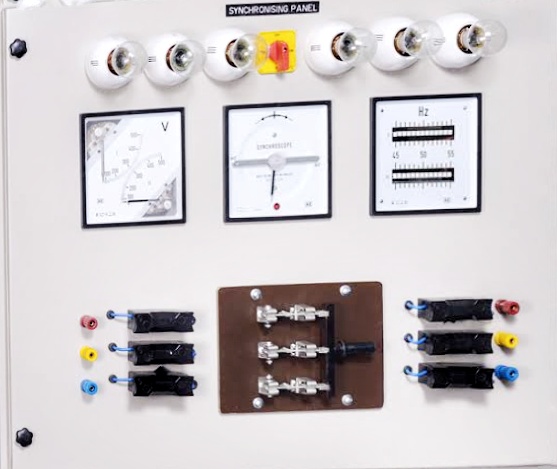
With the help of Synchroscope-
Another manual method of synchronization is to use a synchroscope. In short, this device can display the frequency difference between the generator and the system voltage. Depending on the system, the speed of the generator can be understood through the pointer of the synchroscope.
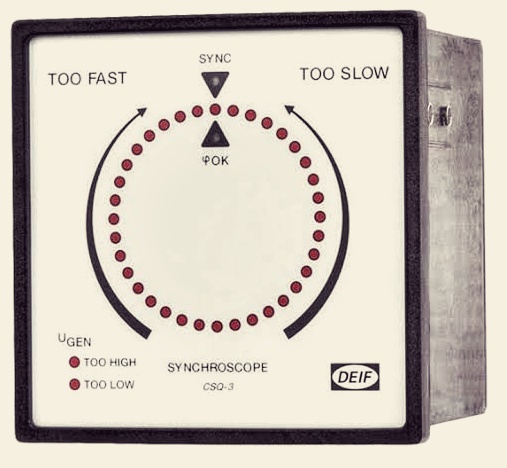
Synchronizing Relay:
This is a traditional method of synchronization.
If a synchronizing fault occurs while the person in charge of the substation is absent, the electromechanical relay automatically trips the generator and shuts off the power supply of the system.
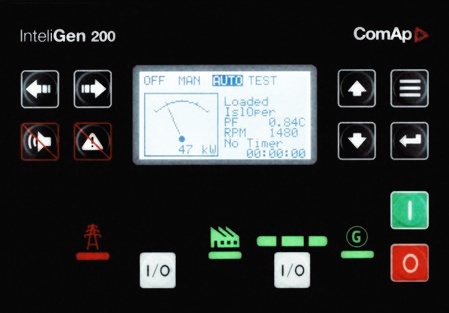
Synchronous Speed:
The speed at which the magnetic field of a generator rotates is called synchronous speed. In short, the synchronous speed of the generator depends on the frequency of the generator and the number of poles.
An innovative method of Substation Synchronizing System:
Smart grid substations use PLC (Programmable Logic Controller) or DCS (Distributed Control system) to monitor the grid and the voltage of the alternator, phase sequence and provide necessary information to the nearest grid by SCADA (Supervisory Control & Data Acquisition System). Moreover, many computers in the DCS system connects to a specific topology and eventually connects to a central bus. Through this, we can get an updated value of various parameters.
Monitoring the whole data is also possible by developing HMI (Human Machine Interface) system in Advanced PLC.
What is HMI?

The full form of HMI is Human Machine Interface. In short, HMI system is the process of communicating with a machine using fingerprint detection.
What is SCADA?
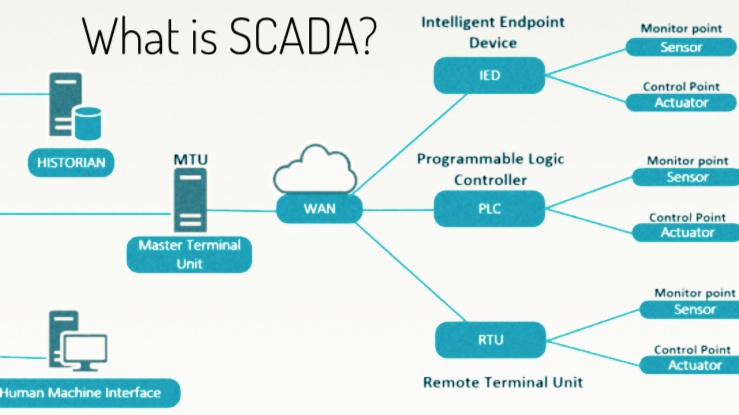
The networking technology used to exchange various information (voice & text) between the substations is called SCADA (supervisory control & data acquisition system). The optical fiber is a crying need here.
Read more articles: Hunting Effect and Tiger-Lion racing competition


